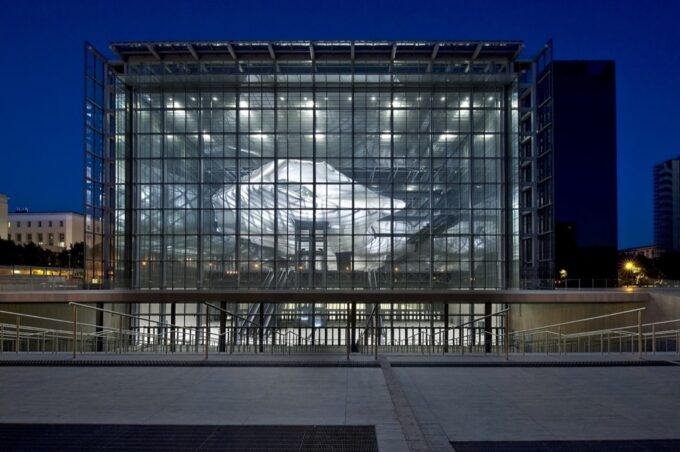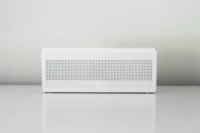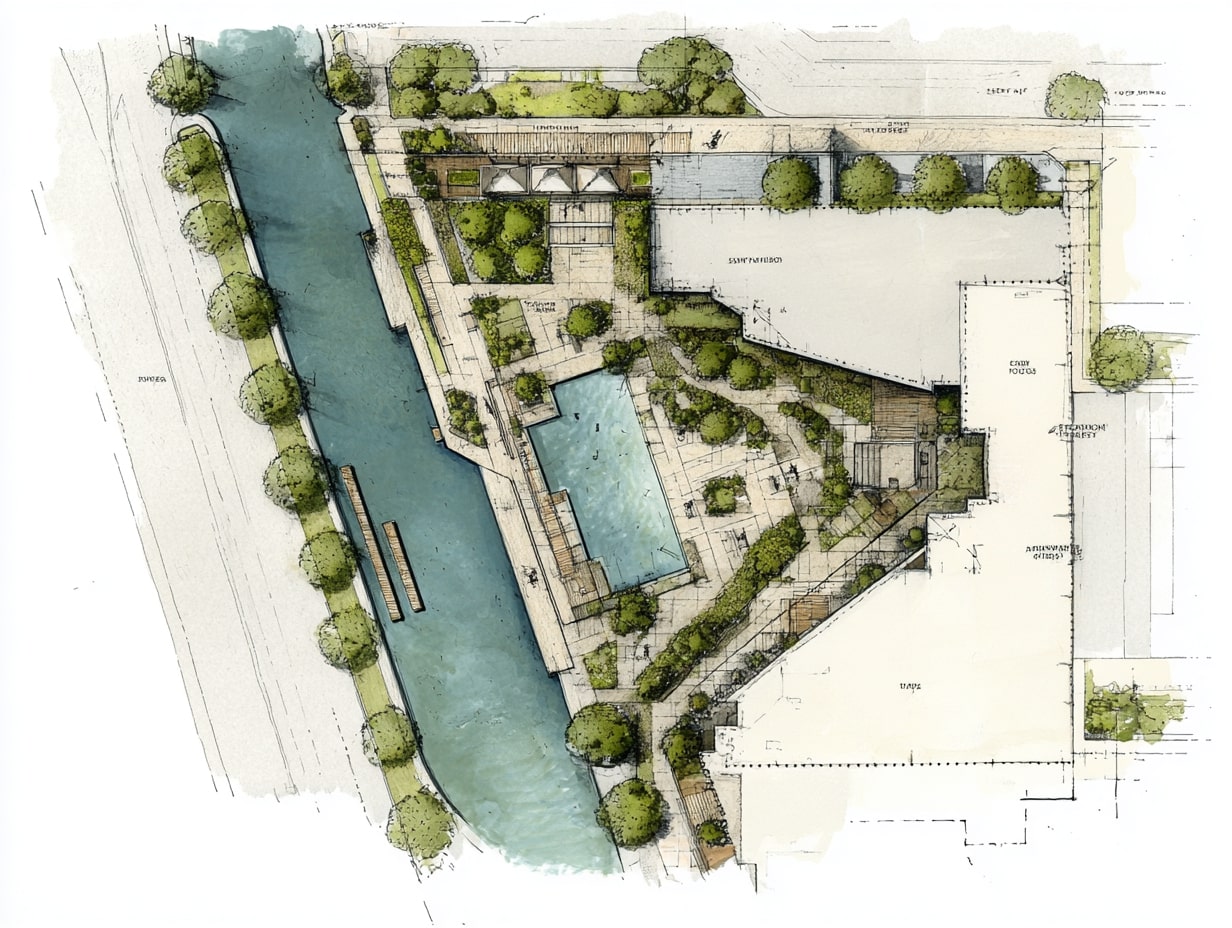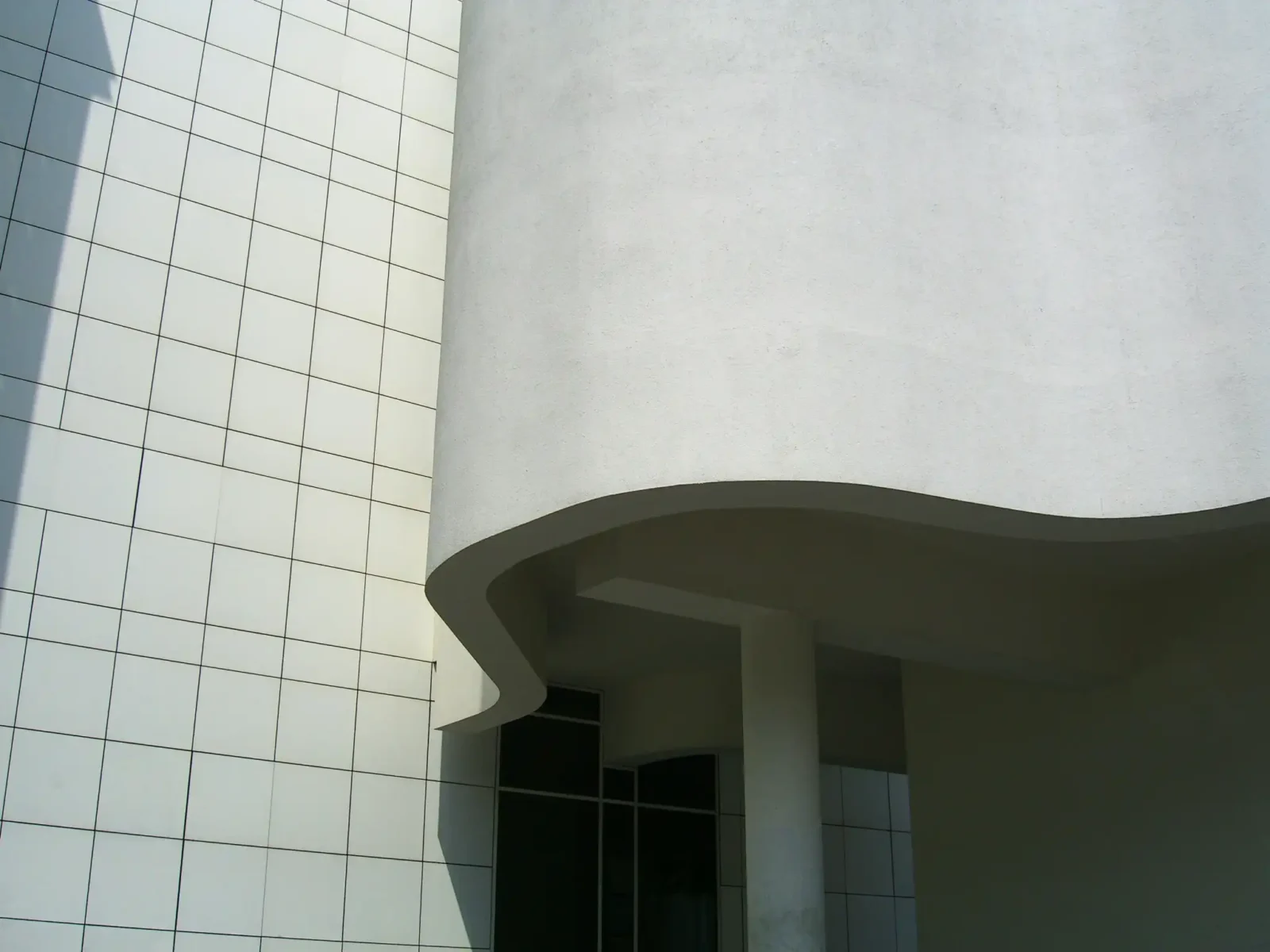- Home
- Articles
- Architectural Portfolio
- Architectral Presentation
- Inspirational Stories
- Architecture News
- Visualization
- BIM Industry
- Facade Design
- Parametric Design
- Career
- Landscape Architecture
- Construction
- Artificial Intelligence
- Sketching
- Design Softwares
- Diagrams
- Writing
- Architectural Tips
- Sustainability
- Courses
- Concept
- Technology
- History & Heritage
- Future of Architecture
- Guides & How-To
- Art & Culture
- Projects
- Interior Design
- Competitions
- Jobs
- Store
- Tools
- More
- Home
- Articles
- Architectural Portfolio
- Architectral Presentation
- Inspirational Stories
- Architecture News
- Visualization
- BIM Industry
- Facade Design
- Parametric Design
- Career
- Landscape Architecture
- Construction
- Artificial Intelligence
- Sketching
- Design Softwares
- Diagrams
- Writing
- Architectural Tips
- Sustainability
- Courses
- Concept
- Technology
- History & Heritage
- Future of Architecture
- Guides & How-To
- Art & Culture
- Projects
- Interior Design
- Competitions
- Jobs
- Store
- Tools
- More
Transforming Architectural Plans: Essential Tools for Every Designer

Imagine struggling with complex project documents that are cumbersome to manipulate. Every delay in your workflow can result in missed deadlines and increased stress. However, with the right tools, refining architectural plans becomes seamless, allowing you to focus on what truly matters—your design vision. Explore how certain essential tools can revolutionise your architectural planning and presentation approach.
Table of Contents
ToggleUnpacking Document Management Features
Effective document management is crucial for architects who handle multiple projects simultaneously. Drag-and-drop functionality, easy file conversion, and cloud storage options enable seamless organisation and retrieval of essential files. You can convert various file types into one easily accessible format, ensuring that your designs are always at your fingertips.
Consider the advantage of integrating sketches, technical drawings, and client feedback into a single document. This approach reduces the time spent switching between different formats and enhances clarity for clients and collaborators. If you want richer annotation tools, an architect-friendly PDF editing alternative keeps everything in a single, lightweight workspace. For instance, if you have hand-drawn sketches that need to be digitised, using a PDF editor tool to convert them into editable formats allows for immediate updates and modifications.

Another critical aspect of document management is version control. In a collaborative environment, multiple versions of documents can lead to confusion. With built-in version tracking, you can easily identify the most recent updates, track changes made by different team members, and revert to earlier versions if necessary. This feature mitigates the risks associated with miscommunication and ensures that everyone is aligned throughout the project lifecycle.
Collaboration Made Easy
Collaboration is an integral part of the architectural process, often requiring input from multiple stakeholders. Tools that facilitate real-time sharing and editing allow teams to work effectively, regardless of physical location. This is particularly valuable in today’s global environment, where architects may work with clients and consultants across different time zones.
Imagine sending a project proposal to a client who can add comments directly to the document. This creates a dynamic dialogue that enhances the overall design process. Moreover, tools that allow simultaneous editing enable multiple team members to work on the same document simultaneously, significantly speeding up the review and approval process.
Additionally, cloud-based platforms offer the advantage of accessibility from anywhere. You can easily access your project documents in the office, on-site, or working remotely. This flexibility ensures you can respond promptly to client requests or team input, which is crucial in meeting tight deadlines. Fostering an open communication environment and immediate feedback can improve teamwork and project outcomes.
The ability to collaborate smoothly streamlines the workflow and nurtures a creative environment where ideas can flourish. Architects are better equipped to refine their designs based on instant feedback, resulting in more innovative and successful projects. Furthermore, maintaining a central hub for project documentation allows for continuous updates and alignment, reducing the chances of errors caused by outdated information.
Remote Work Considerations
As remote work becomes more common, architects must adapt their collaboration practices. Ensuring that all team members can communicate effectively is essential. Virtual meetings can be used to discuss project progress and resolve any issues. Tools enabling screen sharing and real-time discussions can facilitate this process, making brainstorming and aligning project goals easier.
Storing and accessing documentation in a central location ensures everyone is on the same page, regardless of location. This approach enhances productivity and fosters a sense of teamwork, even when working apart. A well-organised digital workspace can significantly streamline communication and project management, allowing architects to focus on creativity rather than logistics.
Customisation for a Unique Edge
Every architect has a distinctive style and brand identity. The ability to customise presentations, project proposals, and plans can truly set a designer apart. Tools that offer template options, branding capabilities, and adjustable design features allow architects to maintain consistency and professionalism across all their documents.
For example, incorporating brand colours, logos, and unique layout styles into proposals can help convey a strong identity to potential clients. This attention to detail can be the difference between a generic presentation and one that leaves a lasting impression. Presenting your ideas visually appealingly captures attention and builds trust and credibility. Clients are more likely to feel confident in your abilities when they see a polished and professional presentation of your work.
Consider creating templates for your most common project types. This will save time and ensure your branding remains consistent across various documents. Customisation also extends to the formatting of technical drawings. Ensuring that your plans are presented clearly and attractively can significantly impact how clients and stakeholders perceive your work.

Enhancing Visual Communication
Effective visual communication is paramount in architecture. Engagingly presenting designs can help convey complex ideas more simply. Utilising tools for high-quality visual representation of your plans, including 3D models or interactive presentations, can make your proposals stand out.
Incorporating visuals such as diagrams, renderings, and animations enhances understanding and engages clients deeper. Clients are more inclined to invest in projects that are presented compellingly, and well-executed visuals can provide that edge. Furthermore, detailed visuals help reduce misunderstandings, as clients get a clearer picture of the intended outcome.
Practical Tips for Implementation
How can you effectively integrate these tools into your architectural practice? Start by identifying the specific needs and challenges in your current workflow. Are you struggling with document management, collaboration, or presentation? Once you pinpoint the areas that require improvement, explore the available features that cater to those needs.
If document management is a pain point, prioritising tools that enhance organisation and retrieval is key. Look for solutions that allow easy file categorisation, making it easy to access relevant documents quickly. If collaboration is the primary concern, focus on platforms that offer robust sharing capabilities and real-time editing to facilitate teamwork.
Training is another crucial aspect of integration. Invest time in educating your team about the features and benefits of your chosen tools. Encourage them to explore all functionalities available, from advanced editing options to integration with other software. Regular workshops or training sessions help maintain a high level of proficiency and ensure that everyone is utilising the tools effectively.
Finally, keep an eye on emerging trends in architectural technology. Regularly assess your tools and processes to identify areas for improvement or new features that can enhance your workflow. This proactive approach will help you stay competitive in a rapidly advancing industry and ensure your design practices remain efficient and innovative.
illustrarch is your daily dose of architecture. Leading community designed for all lovers of illustration and #drawing.
Submit your architectural projects
Follow these steps for submission your project. Submission FormLatest Posts
General Arrangement Drawings in Architecture: The Backbone of Clear Design Communication
General Arrangement Drawings explained: what they are, when to use them, how...
The Ultimate Guide to Fencing in North Dakota: Choosing the Best Fence for Your Property
Watching a chain link fence twist in 70 mph winds near Minot...
Gaudí: Where Architecture Meets Science
Gaudí: Where Architecture Meets Science shows catenary arches, ruled surfaces, and biomimicry...
How Housing Market Forces Shape Architectural Design Today
Architecture never exists in isolation. Buildings rise from a mix of ambition,...












Leave a comment